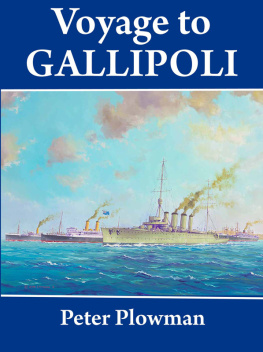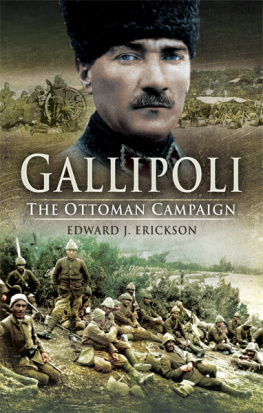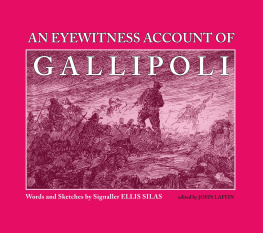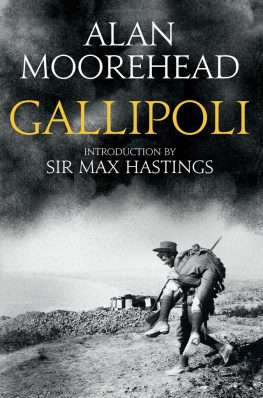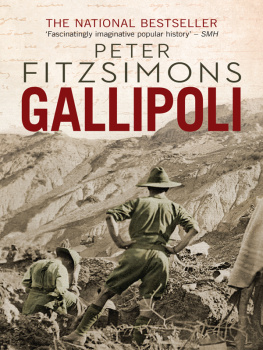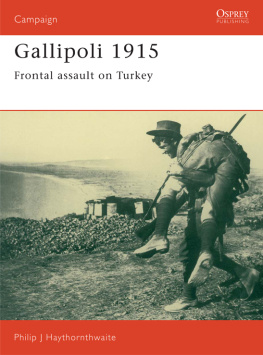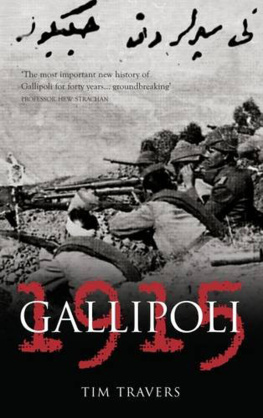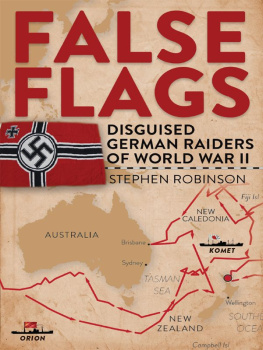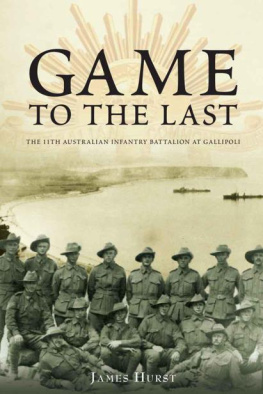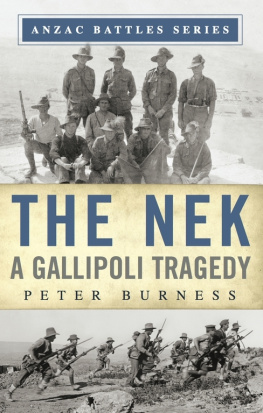VOYAGE TO GALLIPOLI
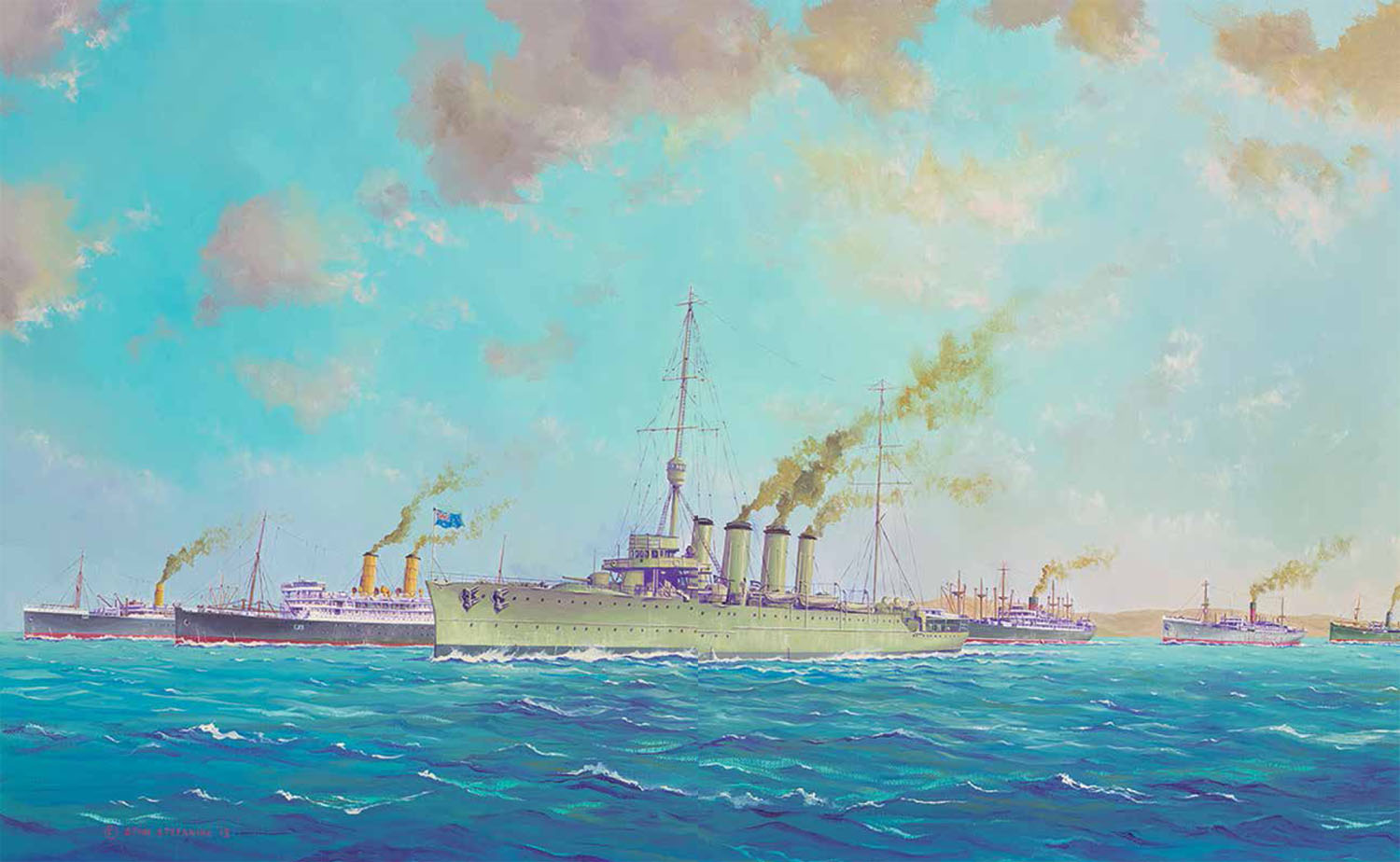
HMAS Sydney escorting the First Convoy out of King George Sound. (Stan Stefaniak)
VOYAGE TO GALLIPOLI
Peter Plowman
ROSENBERG
in association with
transpress nz
First published in Australia in 2013
by Rosenberg Publishing Pty Ltd
PO Box 6125, Dural Delivery Centre NSW 2158
Phone: 61 2 9654 1502 Fax: 61 2 9654 1338
Email:
Web: www.rosenbergpub.com.au
Copyright Peter Plowman 2013
All rights reserved. No part of this publication may be reproduced, stored in a retrieval system, or transmitted, in any form or by any means, electronic, mechanical, photocopying, recording or otherwise, without the prior permission of the publisher in writing.
National Library of Australia Cataloguing-in-Publication entry
Author: Plowman, Peter, author.
Title: Voyage to Gallipoli / Peter Plowman.
Print ISBN: 9781922013538 (paperback)
Epdf ISBN: 9781922013897
Epub ISBN 9781922013903
Mobi ISBN: 9781922013910
Notes: Includes index.
Subjects: Australia. Army. Australian and New Zealand Army CorpsHistory.
Australia. ArmyTransport serviceHistory.
New Zealand. ArmyTransport serviceHistory.
World War, 1914-1918CampaignsTurkeyGallipoli Peninsula.
Transportation, Military.
Dewey Number: 940.41294
Printed in China by Prolong Press Limited
Contents
Introduction
The most famous date in the history of both Australia and New Zealand is 25 April 1915, solemnly revered as Anzac Day. The events of that day and the months that followed on the Gallipoli peninsula have been recounted in detail for the past century. However, there are a number of questions that have been largely overlooked, including: How did the circumstances arise that resulted in Australian and New Zealand troops being involved in the Gallipoli campaign in the first place? and: How did they actually get there from their homelands? These two questions are answered in this book.
As the one hundredth anniversary of the outbreak of war in August 1914 approached, I decided to write an extensive record of the first convoy that departed King George Sound, near Albany, on 1 November 1914. This was the largest convoy to have been formed anywhere in the world up to that time, numbering 38 ships carrying troops and horses from Australia and New Zealand, escorted by four cruisers. Soon after I began writing it became obvious that there was a lot more involved than just the convoy, and eventually I expanded my research to cover the period from the day war was declared up to 15 April 1915.
In the course of my research I constantly came across events that were virtually unknown, or had been largely forgotten. These included the departure of the first Australian troops in the war, whose destination was Thursday Island, and the sending of a New Zealand expeditionary force to capture German Samoa, as well as the capture of German New Guinea by an Australian expeditionary force. As my research continued, I was amazed to find out how much effect the German cruisers known to be somewhere in the Pacific had on the departure of the first troops intended to be sent to Britain, which ultimately changed the course of history.
Initially there was no intention that Australian and New Zealand troops should travel together in a single convoy, or that the troops from the two countries would go into battle as a single unit. In fact, had the plans developed in Australia and New Zealand during the first few weeks of the war been followed, there would have been no first convoy, no battle between HMAS Sydney and the German cruiser Emden, no involvement in the Gallipoli landings, and, most importantly of all, no ANZAC (the Australian and New Zealand Army Corps).
Just how the course of history was changed by the many alterations to these early plans, and why these alterations were made, has gone largely unrecorded, and it is my purpose in this book to bring this material to light and tell the full story.
While I have made every endeavour for accuracy in the text, any errors, omissions or misinterpretations are entirely my own responsibility.
References to miles on land or as distance from land are land miles (1.609 km). Miles at sea are sea miles (1.842 km at the equator, 1.861 km at the pole).
Acknowledgments
In compiling this book I have used many sources. As can be seen from the bibliography, some of the material came from books published over the years on the wartime exploits of numerous military outfits or individuals, but the sections describing trooping voyages often comprised only a small part of each book. I also made extensive use of newspaper stories published in the early months of the war, until censorship brought this to an end in October 1914.
A very valuable source of material was transcripts of diaries made by some of the men who made the voyages described in this book. Fortunately, some of these diaries have been published on the internet, and they provide a unique view of what these men experienced. This is the first time all these individual stories have been combined in one book, to provide an extensive overview of the conditions and hardships faced by troops on their way to war.
Over the past ten years I have been giving talks on various aspects of maritime history to many groups, one of my talks being about the First Convoy. At the end of one such talk I was approached by a member of the audience, Mrs Rosemary McDonald, who told me that the grandfather of her son-in-law had been a doctor on board HMAS Sydney during the First Convoy, and had left a lengthy written record of his experiences. Mrs McDonald very kindly arranged for me to receive a copy of this record. The addition of this material, showing in particular a very different aspect to the battle with the Emden, is one of the most valuable parts of the entire book, and I am very grateful to have been allowed to use it.
After another talk I spoke to Mrs Janet Robinson, whose father, Henry Stevenson, was a soldier who travelled on a troopship in the First Convoy. He had also kept a diary, which Mrs Robinson very kindly allowed me to use.
I also had the good fortune to meet Mrs Elsa Speechly, who showed me an old photograph album which included a number of pictures taken by her father, who was involved in both the expeditionary force to capture German New Guinea and the Second Convoy. Unfortunately some of these pictures had deteriorated and could not be included, but several are included.
For several years I was the editor of the quarterly magazine, Australian Sea Heritage, published by the Sydney Maritime Museum. Among the material I was able to use in the magazine was a lengthy article written by one of the survivors of the Emden, Arthur Werner, and this has been reproduced in its entirety.
When it came to photographs, I already had a reasonably extensive selection over a number of years in my own collection. Many had been passed on to me from the collections of late colleagues in the New South Wales branch of the World Ship Society, who knew I would make use of them if possible. In this regard I would make particular mention of Robert J Tompkins, Fred Roderick and Dennis Brook, all of whom developed extensive photo collections during their lifetime and contributed greatly to the continuing research into Australian maritime history.
However, I knew that more photographs were required. I first went to the obvious sources, only to be faced with extreme disappointment. Although extensive photograph collections are held by various public bodies, the excessive charges they levy for the publication of such material made it impractical from a financial point of view to proceed further down these avenues. The only place I found that had an acceptable charging policy was the Alexander Turnbull Library in Wellington, which gave me permission to use a number of their photographs.
Next page
